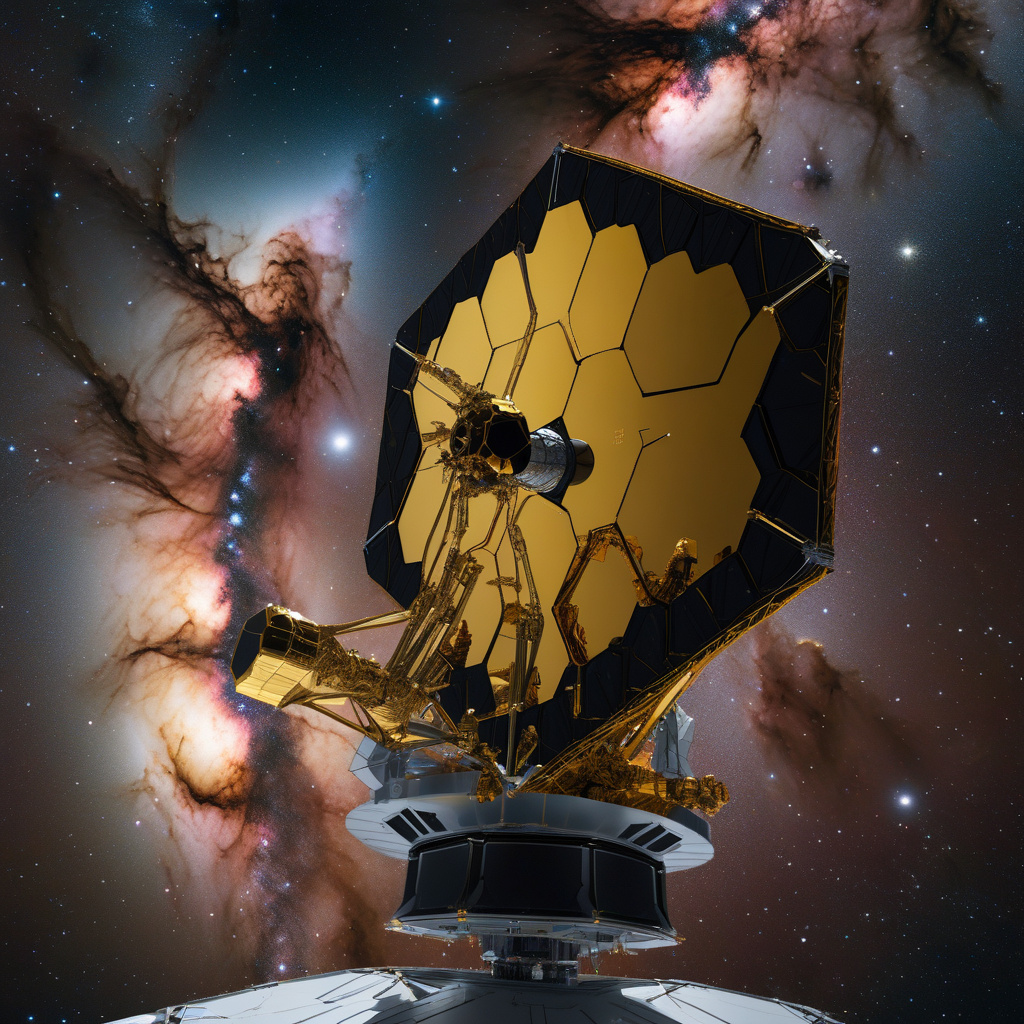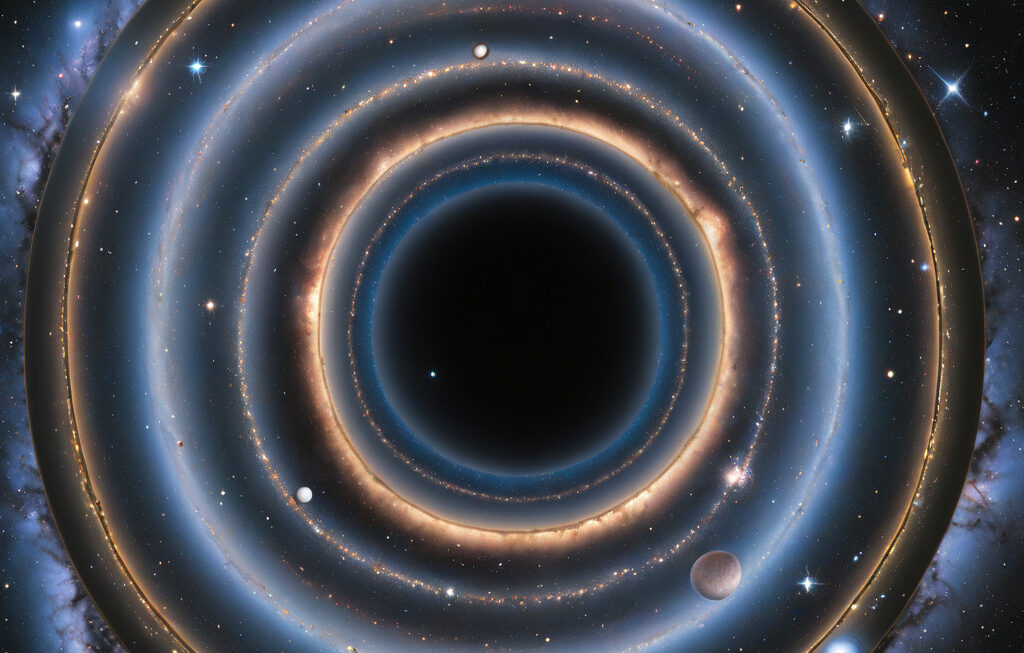NASA’s Webb Telescope Discovers Phosphine on Distant Star, Questioning ‘Life Signal’ Status
NASA’s James Webb Space Telescope (JWST) has detected a molecule on a distant Brown Dwarf that has sparked a wave of excitement and curiosity among scientists and space enthusiasts alike. The discovery of phosphine on this distant star challenges the conventional understanding of where and how life could exist in the vast expanse of the universe.
Phosphine, a molecule made up of one phosphorus atom and three hydrogen atoms, is considered a potential biosignature, meaning it could be an indicator of life. On Earth, phosphine is primarily associated with microbial life in oxygen-starved environments such as swamps and marshlands. Therefore, finding phosphine on a distant Brown Dwarf raises intriguing questions about the possibility of life beyond our solar system.
The detection of phosphine on this distant star is particularly significant because Brown Dwarfs, often referred to as “failed stars,” are not capable of supporting traditional forms of life due to their low temperatures and lack of energy production through nuclear fusion. The presence of phosphine in the atmosphere of a Brown Dwarf challenges the conventional wisdom regarding the conditions necessary for life to thrive.
Dr. Jane Greaves, an astronomer at Cardiff University in the United Kingdom and the lead author of the study published in the journal Nature Astronomy, expressed both excitement and caution about the discovery. While acknowledging that the presence of phosphine is a tantalizing find, Dr. Greaves emphasized the need for further research to confirm the origin of the molecule and rule out potential non-biological sources.
The discovery of phosphine on a distant Brown Dwarf opens up a realm of possibilities and questions for the scientific community. Could life exist in forms and environments that we have not yet imagined? How do we distinguish between abiotic processes that can produce phosphine and the presence of actual life forms?
As scientists continue to analyze the data gathered by the JWST and other telescopes, the search for life beyond Earth takes on a new level of complexity and intrigue. The discovery of phosphine on a distant star reminds us of the boundless mysteries of the universe and the importance of remaining open-minded and inquisitive in our exploration of the cosmos.
In the quest to unravel the secrets of the universe and our place within it, every new discovery, no matter how small or seemingly insignificant, has the potential to revolutionize our understanding of life, existence, and the nature of reality itself. The detection of phosphine on a distant Brown Dwarf serves as a reminder of the infinite possibilities that await us as we peer into the depths of space and time.
As we stand on the brink of a new era of space exploration and discovery, the revelation of phosphine on a distant star challenges us to reevaluate our assumptions and beliefs about the conditions necessary for life to emerge and thrive in the cosmos. Whether this discovery ultimately leads to the confirmation of extraterrestrial life or opens up new avenues of scientific inquiry, one thing is certain: the universe has once again shown us that the only limit to our knowledge is our willingness to explore and discover.
NASA, Webb Telescope, phosphine, distant star, life signal.












